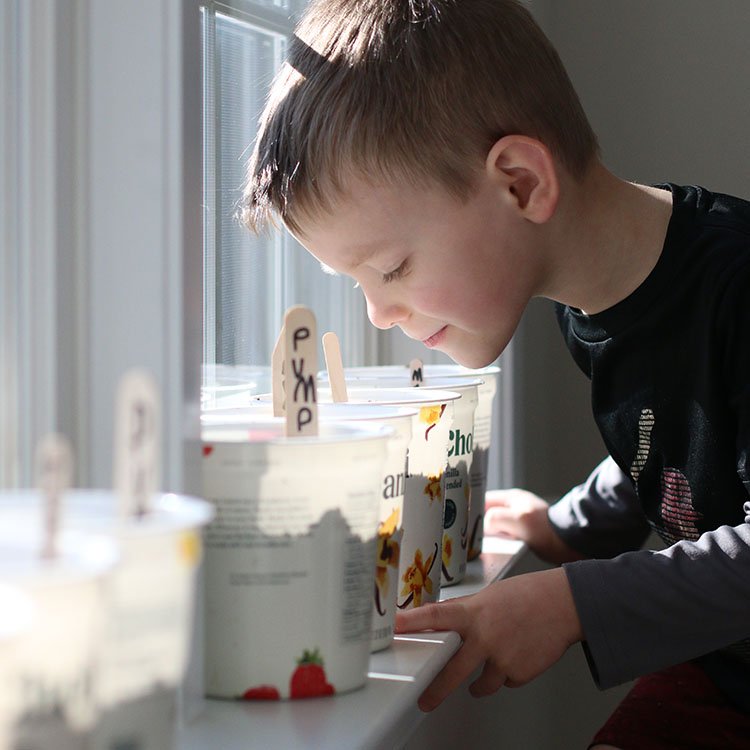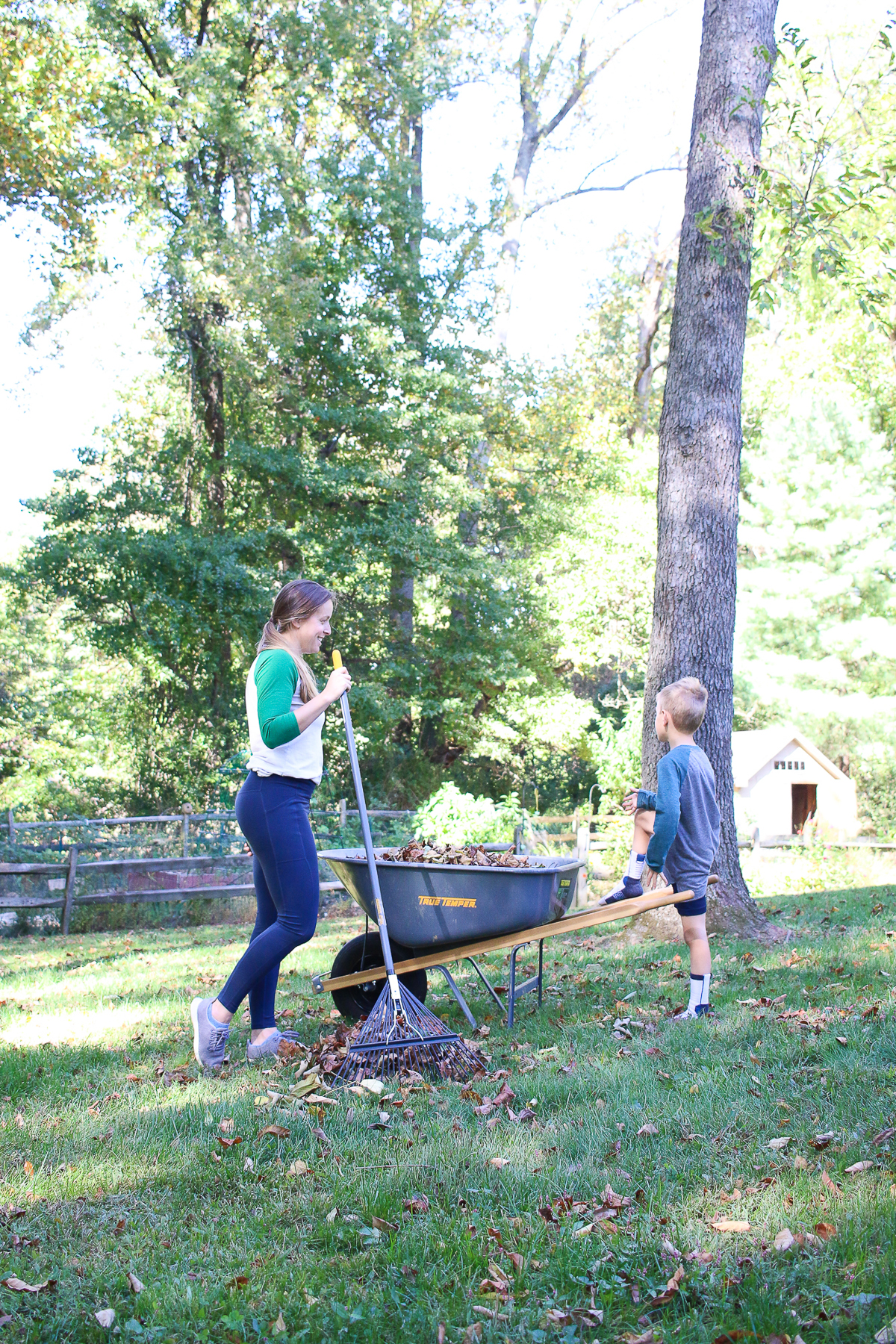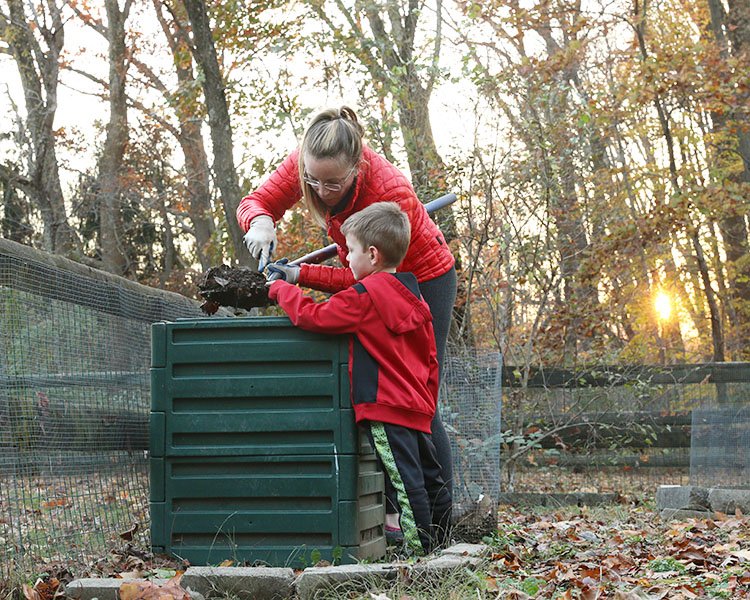Gratitude For The World That Embraces Us
Considering how humans are just another part of nature and not supreme beings that oversee, conquer and destroy the Earth beneath us. Showing gratitude for the world that embraces us. #IncreaseYourFootprint
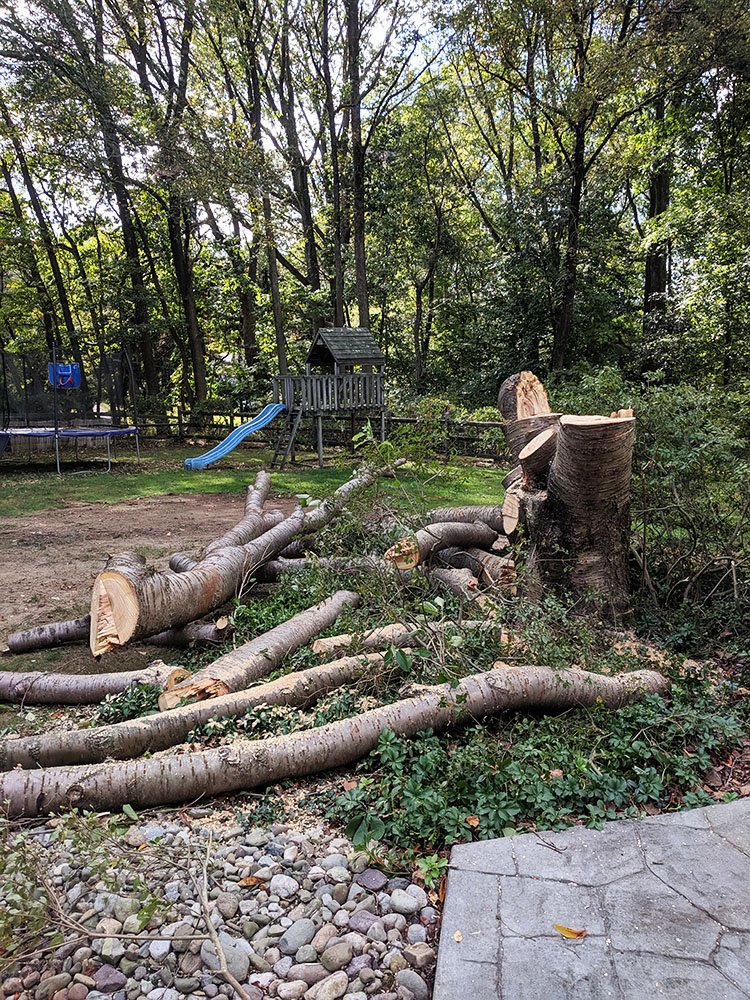
I walked outside to count the rings. I couldn’t tell exactly how old this cherry tree was, but I think it was about the same age as me. It’s funny to think this tree and I grew up in sync, thousands of miles from each other. Then I moved in next door to this big, beautiful tree three years ago.
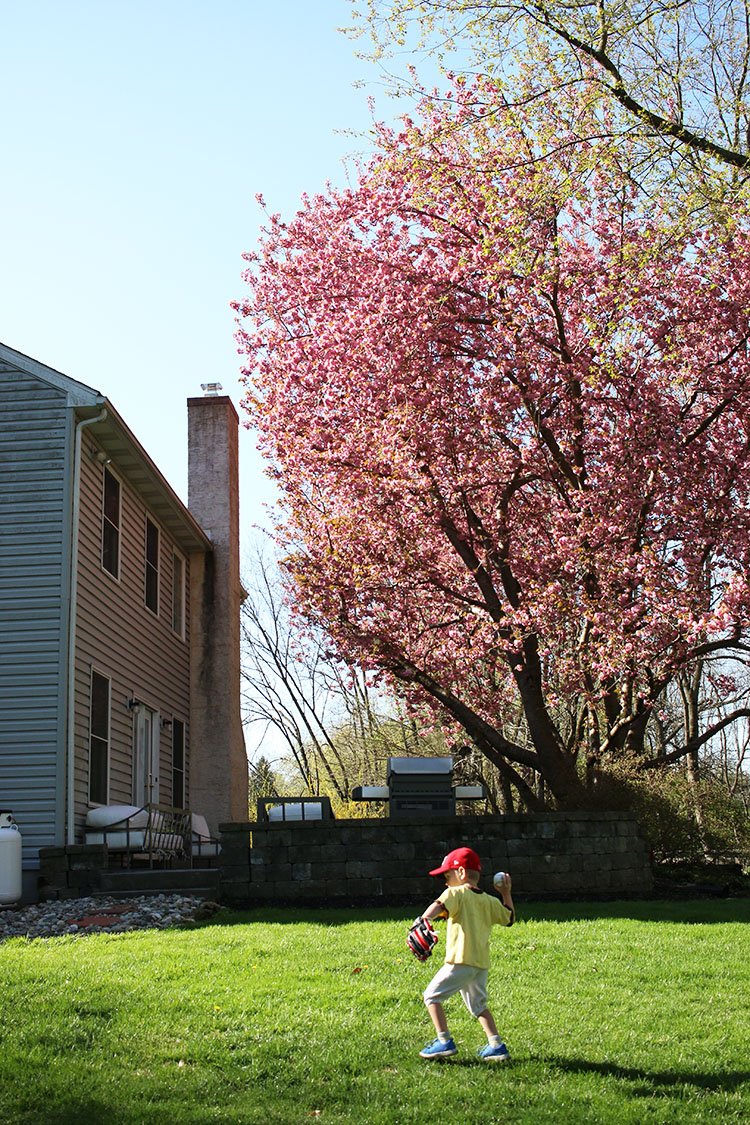

I love this tree a few weeks a year when the pink blossoms open and then fall to blanket our patio. For the rest of the year, however, it drops leaves and shades our patio so much that the furniture becomes covered in mildew and little light shines into our kitchen and living room. It also creeps up on to our roof and requires regular trimming.
In anticipation of building an addition onto the back of our house, we knew it was time to say goodbye to this tree. I feel pretty bad about it; it’s a living thing that has gifted us lots of shade on summer days. It’s been home to bird families and squirrels. It’s shared its beauty with us each spring.
I knew, however, that it was time to move on.
Around the time we took down the tree, I read Braiding Sweetgrass by Robin Wall Kimmerer. Farmer Rishi recommended it in his Regenerative Gardening and Living course through Kiss The Ground. It was so good!
Kimmerer, a member of the Indigenous Native American tribe Citizen Potswatomi Nation, shares how her family and culture view humans as one component of nature, a participant in Earth’s ecosystem, just like any other animal. Instead of viewing ourselves as an “other” who is but a burden on the Earth and harms it, we can have a symbiotic relationship with the planet and so many species in our environments if we respect the ecosystem and view our role through a different lens.
Many environmentalists frame human existence as little more than a tax on the planet. They have only the best of intentions to help the Earth. But reframing our existence as one of co-existence and not an arrogant sense of being above or separate from all other creatures and components on the Earth offers much more hope and light into a worldview that’s otherwise negative, sad and frustrating.
This book was so refreshing and hopeful!
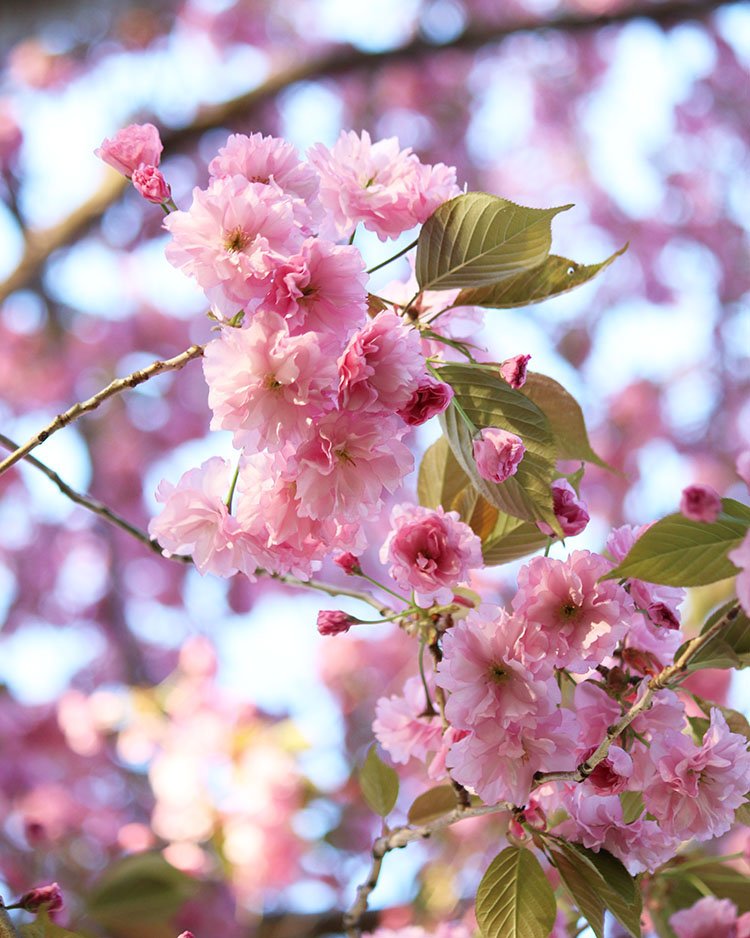
Throughout the book, the author discussed the gifts that humans and the rest of nature continuously exchange back and forth in perpetuity. If we think about how we can benefit the world and it can benefit us simultaneously, we have a much more productive and realistic path to prosperity.
As I reflected on the fallen tree in our backyard and then listened to a loud and aggressive machine grind the stump of the tree into bits, I felt quite sad and guilty. I killed that tree that did nothing but offer its fruits to us.
Yet Kimmerer reminds us that we can be part of the cycle of life and rebirth. As long as we respect the bounty of nature, take only what we need, and show gratitude for what we consume, we can actually benefit nature and contribute to a healthy cycle of life.
With every intention to show gratitude for the life of the tree, I hated to see the wood go to waste. I called our neighbor who has a wood-burning stove that heats much of their home in the winter. I asked if they could take the wood, and they graciously accepted. They stopped by that evening to cut up the logs, carry them home, and store them for a few months before using them to provide warmth for their family during the cold winter. Although the tree no longer lives in our backyard, it will continue to have life and give to our neighbors for many months to come.
Kimmerer often returns to the principle that we will be in balance with the natural world if we observe the gifts of nature with intention, show gratitude for all that plants and animals and species offer, and only take what we need. When we consume from the Earth in moderation, we are a productive contributor to the cycles of life, death, and rebirth. Kimmerer offers many examples of this throughout her book.
For a variety of reasons, we felt it was time to help that tree enter the next phase of its life. I hope it agreed and understands we appreciate all that it offered our home and family until now.
If you haven’t read Braiding Sweetgrass, I highly recommend it. Kimmerer observes how humans would benefit from embracing a more spiritual relationship with nature, and highlights how Indigenous cultures displayed this throughout history.
If you’re interested in seeing a healthier and more sustainable and regenerative ecosystem, Braiding Sweetgrass will definitely speak to you. Check it out from your library! (I might even buy a copy for myself to reread again.)

